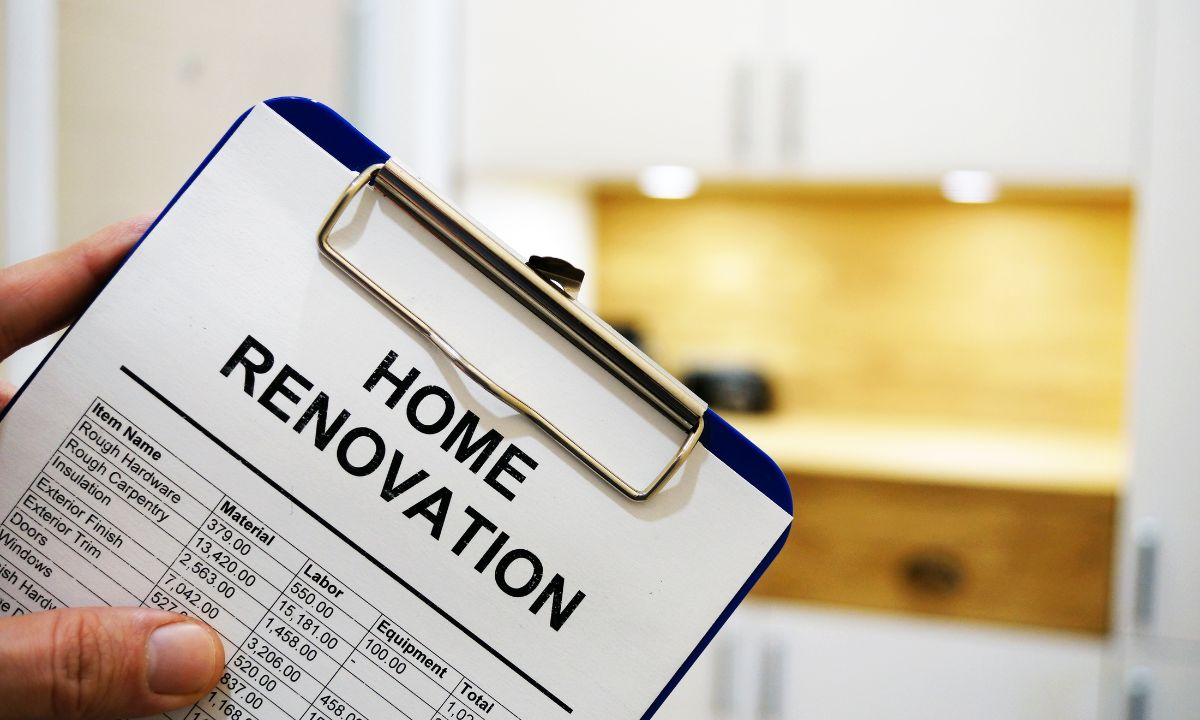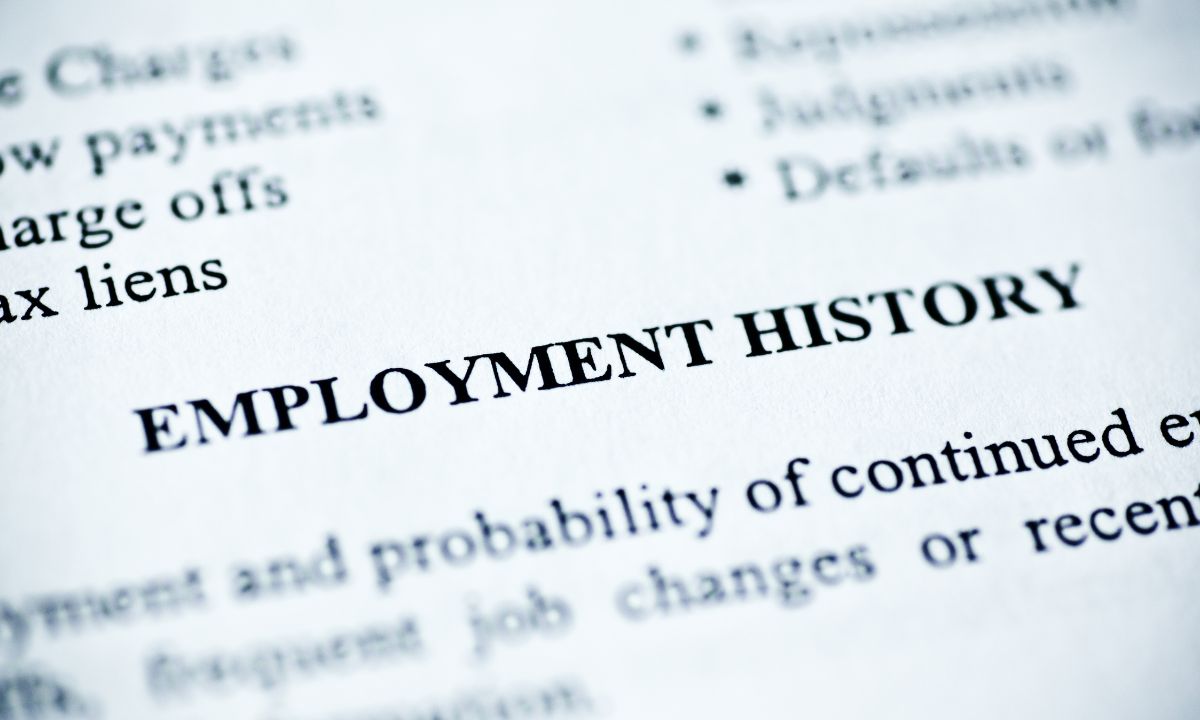Financing Home Improvements with Renovation Loans
 As a mortgage originator, I often encounter homeowners and buyers looking for ways to finance their home improvement projects. Renovation loans offer a fantastic solution, enabling you to upgrade and personalize your home while incorporating the cost into your mortgage. We will explore the different renovation loan options available, such as FHA 203(k) and Fannie Mae HomeStyle, to see how they can help you achieve your dream home.
As a mortgage originator, I often encounter homeowners and buyers looking for ways to finance their home improvement projects. Renovation loans offer a fantastic solution, enabling you to upgrade and personalize your home while incorporating the cost into your mortgage. We will explore the different renovation loan options available, such as FHA 203(k) and Fannie Mae HomeStyle, to see how they can help you achieve your dream home.
FHA 203(k) Loan
The FHA 203(k) loan is a government-backed mortgage that allows you to finance the purchase of a home and its renovation costs with a single loan. This loan is ideal for buyers looking to purchase a fixer-upper or homeowners wanting to make substantial improvements to their existing property. There are two types of FHA 203(k) loans:
- Standard 203(k) Loan: This option is for major renovations and structural repairs. It requires a minimum renovation cost of $5,000, and all work must be completed by a licensed contractor. The maximum loan amount is determined by the lesser of the home’s value after improvements or 110% of the appraised value before renovations.
- Limited 203(k) Loan: This option is for smaller projects, such as minor repairs or cosmetic upgrades. It has a maximum renovation cost of $35,000 and does not require a minimum amount. Like the standard 203(k), all work must be completed by a licensed contractor.
Fannie Mae HomeStyle Loan
The Fannie Mae HomeStyle loan is a conventional loan that allows you to finance both the purchase and renovation of a home with a single mortgage. Unlike the FHA 203(k) loan, the HomeStyle loan can be used for luxury improvements, such as swimming pools and landscaping, in addition to necessary repairs and upgrades. Key features of the HomeStyle loan include:
- Flexibility: The HomeStyle loan can be used for a wide range of renovation projects, from minor repairs to extensive remodeling. There are no restrictions on the types of improvements you can make, as long as they are permanently affixed to the property.
- Loan Limits: The maximum loan amount is determined by the lesser of the home’s value after improvements or the conforming loan limit for your area. This allows you to borrow a significant amount to finance your renovations.
- Interest Rates: The HomeStyle loan typically offers competitive interest rates, making it an attractive option for borrowers with good credit.
Benefits of Renovation Loans
- Single Loan Solution: Renovation loans combine the cost of your home and improvements into one mortgage, simplifying the financing process and potentially saving you money on closing costs and interest rates.
- Increased Home Value: By financing renovations through your mortgage, you can increase the value of your home, potentially leading to a higher resale price in the future.
- Personalization: Renovation loans allow you to customize your home to meet your needs and preferences, creating a space that truly reflects your style and lifestyle.
- Immediate Access to Funds: With a renovation loan, you have immediate access to the funds needed to complete your home improvements, allowing you to start your projects right away.
Renovation loans, such as the FHA 203(k) and Fannie Mae HomeStyle, offer homeowners and buyers a convenient and cost-effective way to finance home improvements. Whether you’re looking to purchase a fixer-upper or upgrade your current home, these loan options provide the flexibility and funds needed to create your dream home. As a mortgage originator, I encourage you to explore these renovation loan options and take the first step toward transforming your home today. Give me a call so we can discuss it in more detail.
 When you’re applying for a mortgage, lenders scrutinize several aspects of your financial life to determine your eligibility. One crucial factor that can significantly influence the outcome is your employment history. Consistent and stable employment demonstrates to lenders that you have a reliable income stream, which reduces their risk in lending you money. However, job changes or gaps in employment can complicate the approval process. Let’s explore how your employment history affects mortgage approval and offer some solutions to mitigate potential issues.
When you’re applying for a mortgage, lenders scrutinize several aspects of your financial life to determine your eligibility. One crucial factor that can significantly influence the outcome is your employment history. Consistent and stable employment demonstrates to lenders that you have a reliable income stream, which reduces their risk in lending you money. However, job changes or gaps in employment can complicate the approval process. Let’s explore how your employment history affects mortgage approval and offer some solutions to mitigate potential issues. A career change is usually an exciting journey, it offers new opportunities and growth. It can also bring challenges when you have a mortgage to manage. Balancing a new job and financial commitments can be stressful, but with the right strategies, you can stay on top of your mortgage payments and maintain your financial stability.
A career change is usually an exciting journey, it offers new opportunities and growth. It can also bring challenges when you have a mortgage to manage. Balancing a new job and financial commitments can be stressful, but with the right strategies, you can stay on top of your mortgage payments and maintain your financial stability.